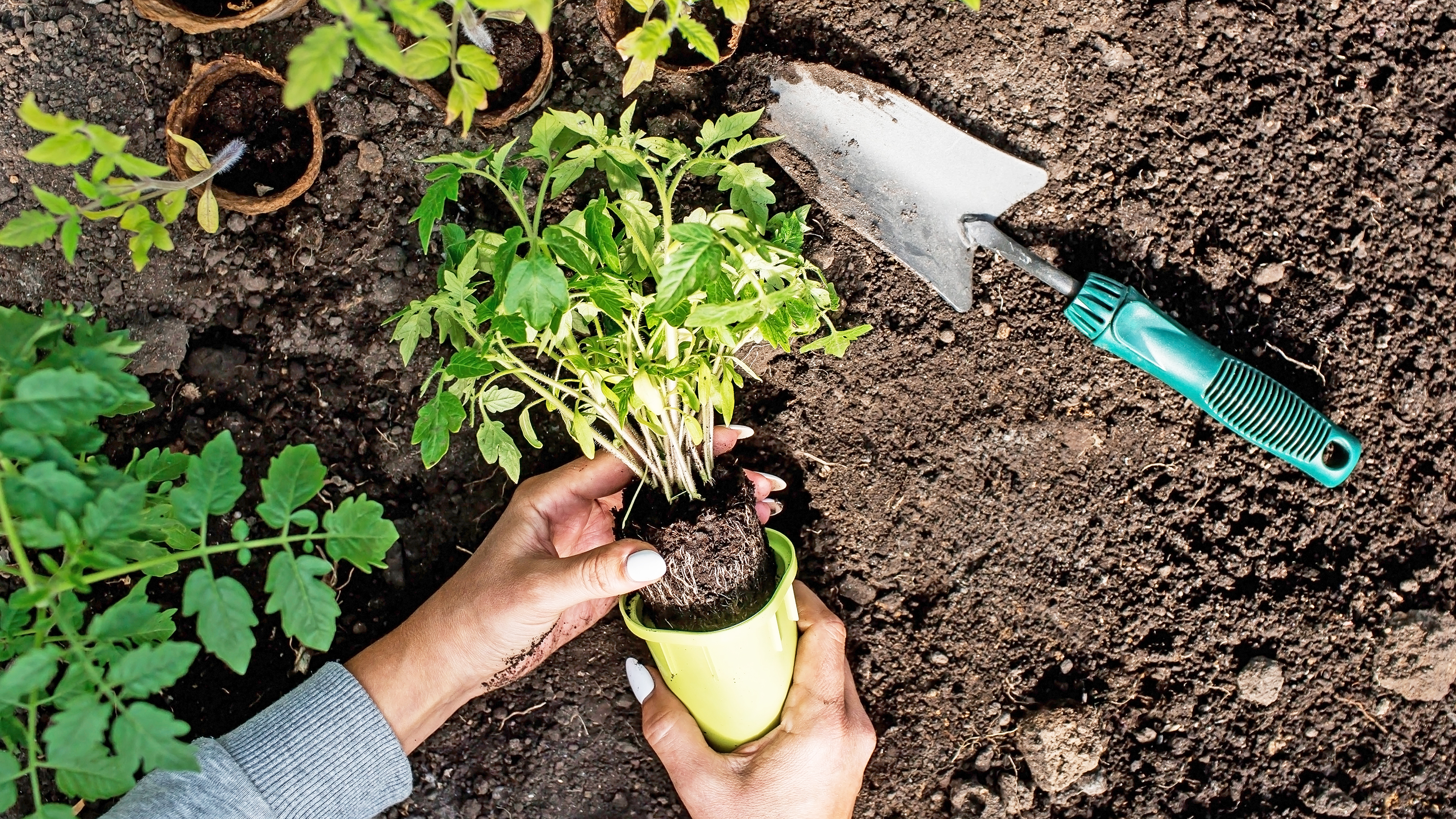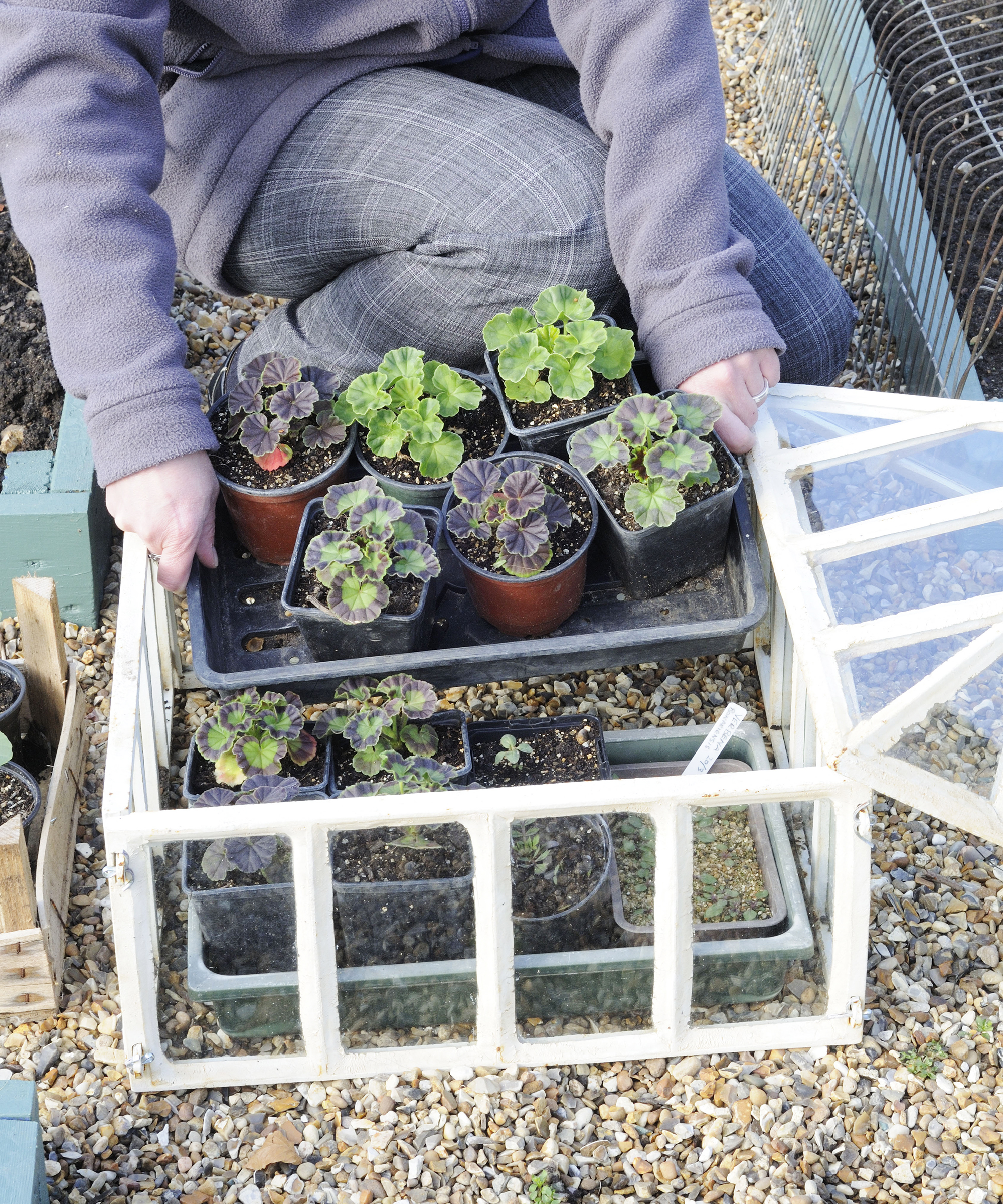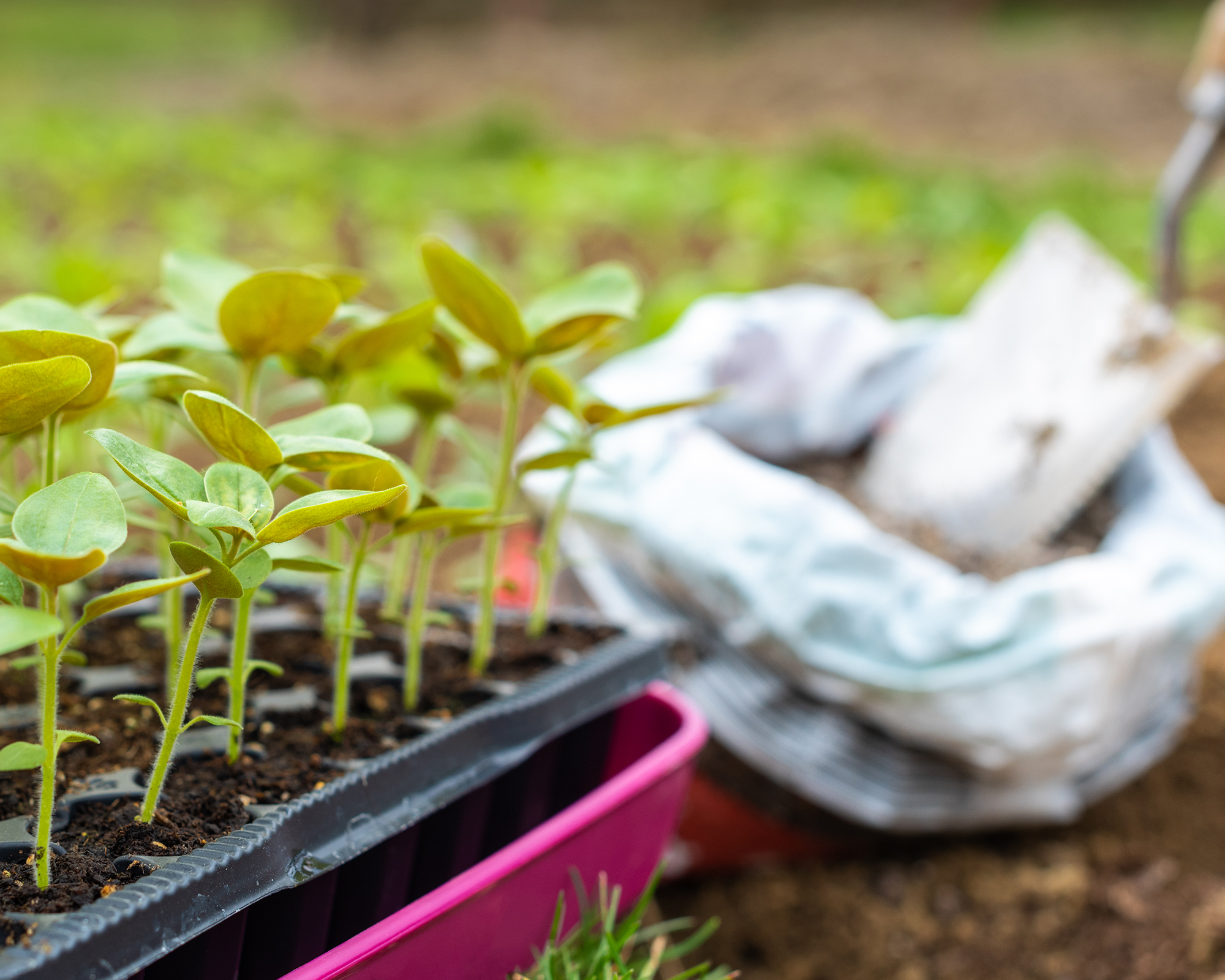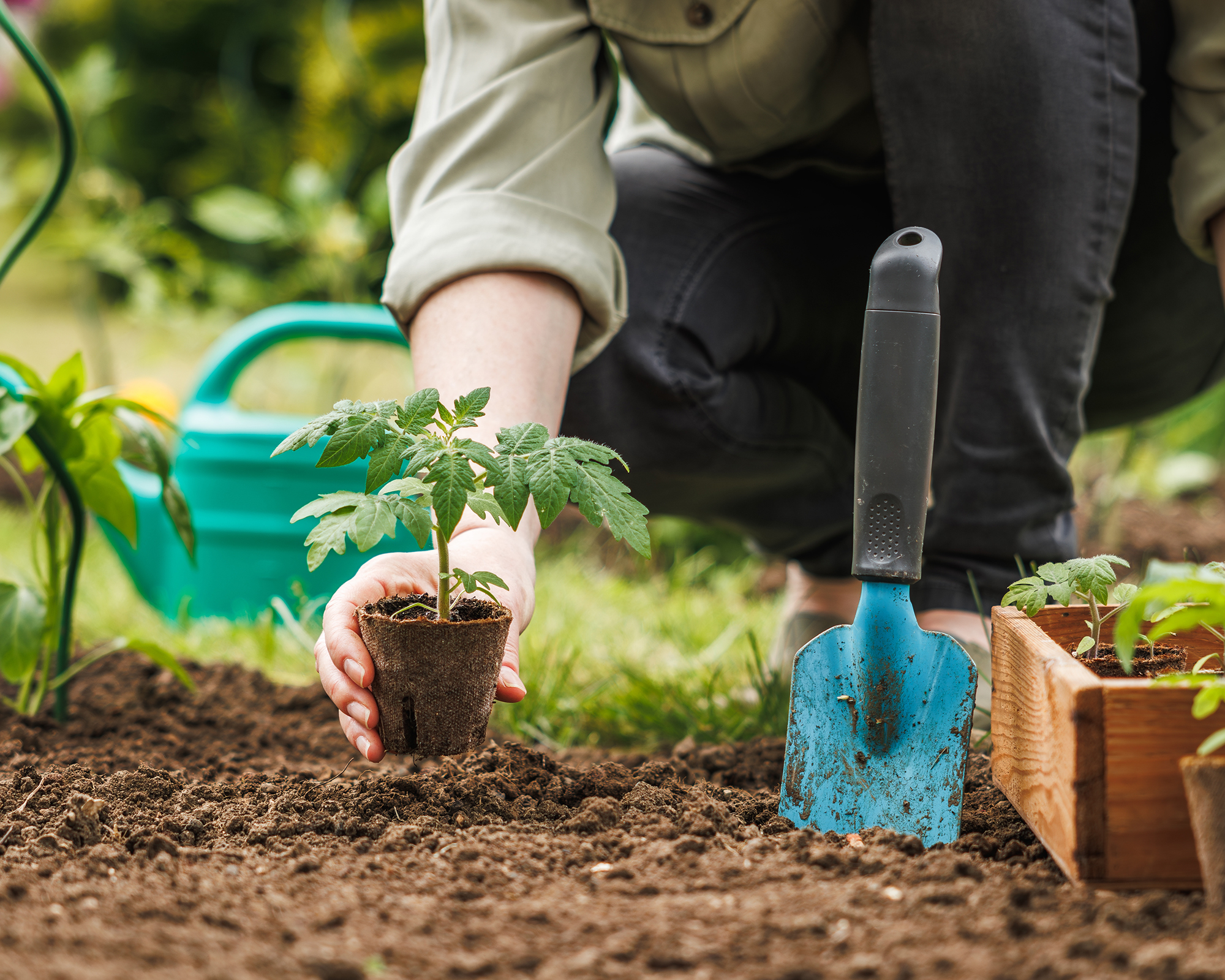7 Planting Mistakes That Will Spoil Seedlings & Tender Plants
Seedlings and young plants need tender loving care when transplanting to the garden. Avoid these common errors to ensure healthy growth.


Planting season is a time all gardeners wait for excitedly. Once the frost has passed, the soil is warmed, and the days are longer, it is time to set out our plants.
There are a few general rules to obey when setting out tender plants and transplanting seedlings. These types of flora cannot withstand a late frost – they need certain growing conditions, and they need to be hardened off for best results.
Every species has different needs and it is important to know the plant’s growing wants and situate them accordingly. However, we are going to outline the most common mistakes novice gardeners make that will threaten crop yields and the health of plants.
1. Planting Too Early
In our eagerness to get growing, it is possible to set out plants too soon. The best time to plant tender plants and seedlings outdoors is after all the danger of frost has passed.
In many areas, the risk passes by the end of April or May, but in areas with late frosts, they are still a threat in June. If you don’t know your zone's date, consult your county extension office or check the National Gardening Association website.
While cool-season crops such as kale or turnips will actually thrive and survive a late frost, tender plants like tomatoes and basil would succumb to cold. This is why it is important to know your region's last frost date and plant after this has passed.

2. Choosing the Wrong Site
It is crucial to plant health to select the right location. Since every plant has different needs this will vary by species.
Gardening tips, videos, info and more delivered right to your inbox!
Sign up for the Gardening Know How newsletter today and receive a free copy of our e-book "How to Grow Delicious Tomatoes".
On average, most plants need 6 hours of sunlight per day. In the case of sun lovers like peppers, they will thrive in 8 hours or more. Certain plants are sensitive to the hottest rays of the sun and should have some protection during the noontime scalding rays.
Pay close attention to the plant tags for information on the lighting situation your plant desires. When starting seeds indoors, check the seed packet information for the plant’s ultimate destination.
3. Failing To Harden Off
Hardening off seedlings is simply the process of acclimatizing them to the outdoor conditions. These include temperature, wind, and light. Spring and even summer weather are variable, and it is important to let the plant adjust to these fluctuations.
The process is simple and should occur slowly over the course of several days to a week. Place the plant outdoors for a portion of each day, gradually lengthening the time until it is spending the night outside. Let the plant adjust and then install it in a prepared bed.

4. Planting in Poor Soil
Plants are very adaptable and many perform well in poorly fertile soil, heavy soil, or other less than optimum conditions. But for the best health of the plant, install it in a prepared bed that will meet its needs.
Most plants prefer some organic nutrients in the soil, a well-draining site, and average soil pH (6.0-7.0). Improving soil by incorporating some organic matter can enhance fertility and drainage.
Testing soil to determine pH and adding sulfur or lime as needed will help balance the pH.
Loosening the soil to twice the depth of the root ball will help the roots grow and spread.

5. Overwatering
All plants require water to survive – even cacti and succulents. At initial planting, water well to settle soil around the roots. Thereafter, keep plants moderately moist, but avoid boggy soil.
Overly wet soil may cause damping off and root rot. It can splash plant leaves, leading to a variety of fungal diseases.
A slow-drip irrigation system that directs moisture to the roots is often a foolproof and economical way to deliver water and conserve moisture.
6. Crowding Plants
Consider the plant’s mature size at installation. Overcrowding is common in plants like vegetables. Any plant needs adequate airflow and light penetration. Overcrowding plants will stifle air and prevent enough sunshine from getting to each plant.
Seed packets will give instructions for plant spacing. They need to be set apart at a certain distance in all directions. Row spacing as well as individual plant distances need to be considered.
Hedging plants will need to be set apart far enough that the mature plants will just be adjacent.
Additionally, each plant needs enough root zone for itself so it can uptake adequate moisture and nutrients. Crowding the plants will lead to deformity, unhealthy specimens, and poor crop yields.

7. Incorrect Planting Method
For the best results, you don’t just dig any hole and pop the plant in. When planting seedlings and other small plants, they must be handled very gently to avoid damaging plant material.
Pre-dig a hole large enough that the little roots can spread out and down a bit. Even larger plants should have the soil loosened about twice the depth and width of the roots. This will allow the roots to easily penetrate as they fill in. Spread out the roots gently inside the hole.
In the case of pot-bound plants, this will mean gently teasing out the roots from the tangled mess. Backfill to cover the roots and always water in to settle the soil and avoid air pockets.
Other Planting Issues
Even by following these suggestions, we can easily still fail to provide the right care and environment for our plants.
- Siting a plant away from convenient water can lead to underwatering. Placing a plant where we will forget about it will cause the same result.
- Overplanting vegetables leads to poor yields.
- Failing to observe and treat pests and diseases may lead to plant loss.
- Over or under-fertilizing can both be damaging.
- And of course, we have to contend with Mother Nature, whose capriciousness is a whole other battle.

Bonnie Grant is a professional landscaper with a Certification in Urban Gardening. She has been gardening and writing for 15 years. A former professional chef, she has a passion for edible landscaping.
-
 Never Plant Seedlings Until They Pass These 3 Simple Tests
Never Plant Seedlings Until They Pass These 3 Simple TestsDon't be over-eager to transplant seedlings into the garden before they are ready. These quick and easy checks will help ensure flourishing plants.
By Mary Ellen Ellis
-
 Grow ‘Karl Rosenfield’ Peony Plants For The Ultimate Frilly Border Beauties And Cut Flowers
Grow ‘Karl Rosenfield’ Peony Plants For The Ultimate Frilly Border Beauties And Cut FlowersFor frilly double magenta peony petals infused with a heady fragrance, grow ‘Karl Rosenfield’ peony plants. Here’s how to cultivate the ultimate plushy blooms
By Tonya Barnett